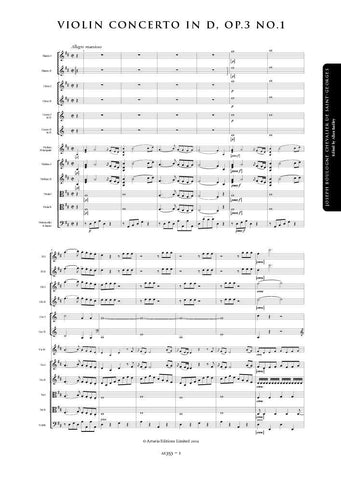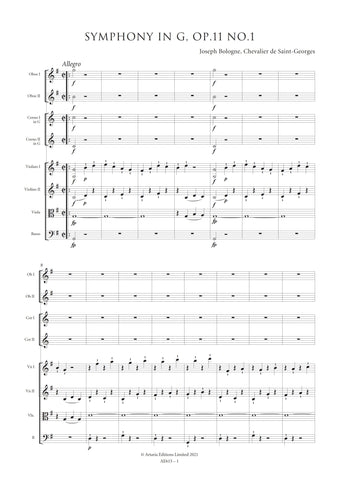Description |
Wanhal, Johann Baptist (1739-1813)
|
||||||||||||||||||
Audio sample |
|||||||||||||||||||
Details |
I estimate that C1 was composed between 1763-1765. It must have been one of Wanhal's best known symphonies because it is listed in six contemporary catalogues or references and eighteen manuscript copies of it have been found. Furthermore, it was published in Paris and London, but, apparently, it was little known in Bohemia. The reasons for its popularity are not difficult to surmise. In four movements,Wanhal has very effectively and imaginatively used its bright orchestration: strings plus a wind choir that includes oboes, horns, and trumpets-timpani in all but the second movement. In several places the wind choir is independently but complementarily scored with the strings to produce the full sound of the modern orchestra. At this period in career as a composer of symphonies Wanhal was experimenting with structure. C1, for example, is one of a pair of symphonies (along with A5) whose first movements are based on a simple motive that is introduced in the first bar and extended into a three-bar 'theme'. Rather in the manner of a ritornello, this theme launches all of the major structural phases of the movement including both the Development and Recapitulation sections. The germ-motive is also used in developmental passages and as the basis for other figures. The movement has enough thematic components for a complete sonata form structure although it lacks a full-size a-cantabile theme. There is, however, a five-bar a-cantabile phrase which may be considered the contrasting melodic unit usually found in traditional sonata form. The movement, with its constant and resourceful employment of the opening motive, reveals Wanhal's early interest in composing highly-organized music in the modern symphonic style. The second movement Andante is most unusual. Scored for strings alone, its formal basis is as usual sonata form - a shortened version in which the expected tonal features are found but where the melodic components are not complete. The remarkable, yes unique, aspect of the movement is that it is canonic throughout. Most of the action occurs between the first and second violins. An interesting feature is that the points of imitation constantly change - in diminution from three-, to two bars, to one bar to 1/2 + 1/2 bar, and finally to a unison=octave in bar 17 and to three bars in the Development section. Another neat touch is in bar 60 where the second violin leads for a few bars. The Trio, played by the strings, also has something special to offer; a rather long chorale-like melody with irregular phrases that looks as though it might be a chant melody rather like those occasionally employed by Haydn. If so, I have not found the source, and, furthermore, it is not modal. Also noteworthy is that the Trio has the basic tonal scheme of sonata form. There is even a certain humour in the treatment whereby the dotted half-note melody is harmonized in triads and the bass line is confined to quarter-note after-beats except at the cadence points.Was Wanhal sending a message to the audience? The finale is marked Allegro 6/8. It is serious: playful but not tuneful because of the fragmentary nature of the melodic material. It is busy and in constant motion except for cadences at the ends of the Exposition and Development. The bass line is active with eighth-note figures. The dynamics are interruptive and in spite of the fact that a large proportion of the movement is marked a, there is no a-cantabile melody. As scampers to its conclusion, it is the perfect complement to the slow second movement and the chorale-style of the Trio. Paul Bryan |
Loading...
Error















